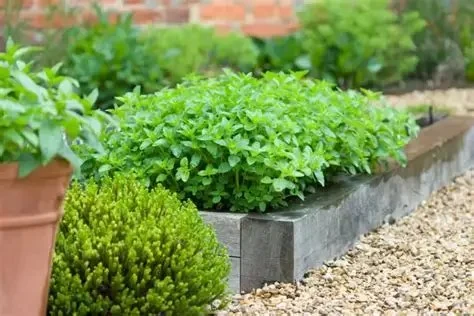
- 1. Understanding Ornamental Edibles and Their Dual Purpose
- 2. Benefits of Landscaping with Ornamental Edibles
- 3. Choosing the Right Ornamental Edible Plants
- 4. Design Strategies for Ornamental and Edible Landscaping
- 5. Real-Life Examples and Tips for Success
1. Understanding Ornamental Edibles and Their Dual Purpose
Ornamental edibles are plants that offer both beauty and practicality. They not only enhance your landscape with vibrant colors and textures but also provide fresh produce that you can enjoy. This dual-purpose gardening trend is rapidly growing in popularity among homeowners in the U.S., as more people seek sustainable and aesthetically pleasing ways to use their outdoor spaces.
The concept is simple — blending fruits, vegetables, and herbs that look as good as they taste into your existing garden or landscape design. Imagine a border of purple kale mixed with marigolds or a hedge of blueberry bushes that offers both privacy and summer harvests. This approach is perfect for anyone who values both form and function in their garden.

Elan Landscape Development Inc
LibertyvilleLake CountyIllinois
1068 E Park Ave, Libertyville, IL 60048, USA
2. Benefits of Landscaping with Ornamental Edibles
There are several advantages to incorporating ornamental edibles into your landscaping plan. They’re not only practical but also environmentally friendly and cost-effective.
1. Aesthetic Appeal
Ornamental edibles add a dynamic visual layer to your landscape. The deep reds of beet leaves, the silvery hues of sage, and the lush green of lettuce can complement any garden design. Many of these plants also produce blossoms, adding seasonal color and texture.
2. Sustainable Living
Growing your own edible plants helps reduce your carbon footprint. Instead of buying all your produce at the grocery store, you can harvest directly from your yard, knowing exactly how your food was grown. It’s a simple way to live more sustainably while maintaining a beautiful property.
3. Cost Efficiency
Edible landscaping can reduce grocery expenses over time. A few productive plants—like strawberries, herbs, and leafy greens—can provide months of harvest. Additionally, many ornamental edibles are perennials, which means they’ll continue to produce year after year with minimal maintenance.
4. Wildlife Support
Many ornamental edibles attract pollinators such as bees and butterflies. These beneficial insects help maintain ecological balance while supporting healthy crop production in your garden.
3. Choosing the Right Ornamental Edible Plants
Choosing the right plants for your ornamental edible landscape depends on your local climate, soil type, and desired aesthetic. Here are a few recommendations to get you started:
- Swiss Chard: With colorful stems ranging from yellow to magenta, Swiss chard brings brightness to any garden bed while providing nutrient-rich greens.
- Blueberry Bushes: Not only do these shrubs produce delicious berries, but their foliage also turns a striking red in the fall.
- Lavender: A classic ornamental herb that offers beautiful blooms and a calming fragrance, perfect for borders and pathways.
- Artichokes: Their dramatic leaves and purple blossoms make them both decorative and productive.
- Kale: Ornamental kale varieties are both cold-hardy and visually appealing, ideal for adding texture to fall gardens.
For more tailored recommendations suited to your region and design vision, you can consult the experts at Beautiful Landscapes, where you’ll find resources and services designed to help you create the perfect edible landscape.
4. Design Strategies for Ornamental and Edible Landscaping
To successfully integrate ornamental edibles into your garden, it’s important to plan both aesthetics and functionality. Here are some key design strategies:
1. Layering for Visual Depth
Use a variety of heights and textures to create depth in your garden design. Taller edible plants like corn or sunflowers can serve as backdrops, while shorter herbs and leafy greens can fill the foreground.
2. Color Coordination
Combine plants with complementary colors. For instance, deep purple basil contrasts beautifully with bright green lettuces, while flowering herbs like chives or thyme add soft pastel tones.
3. Practical Placement
Position your edible plants in areas that receive optimal sunlight and are easy to access for harvesting. Integrating them into existing flower beds or garden paths ensures functionality without sacrificing design.
4. Seasonal Rotation
Plan your edible landscape for year-round appeal. In spring, you might showcase bright greens and edible flowers, while in autumn, you can highlight plants with colorful foliage like kale or peppers.
5. Real-Life Examples and Tips for Success
Many homeowners across the U.S. are transforming their gardens into dual-purpose landscapes. For example, a homeowner in Oregon replaced her traditional flower bed with edible perennials like rosemary, sage, and rhubarb. The result was a visually stunning garden that provided fresh herbs and ingredients for her kitchen all year long.
Here are a few tips to ensure your ornamental edible garden thrives:
- Start small and expand as you gain experience.
- Choose plants that are easy to maintain and suitable for your local climate.
- Incorporate drip irrigation or mulching to reduce water usage.
- Regularly prune and harvest to encourage new growth and maintain appearance.
With careful planning and creativity, you can design a landscape that’s not only visually appealing but also deliciously productive. Whether you’re growing ornamental peppers for color or strawberries for your morning smoothies, ornamental edible landscaping allows you to enjoy the best of both worlds.


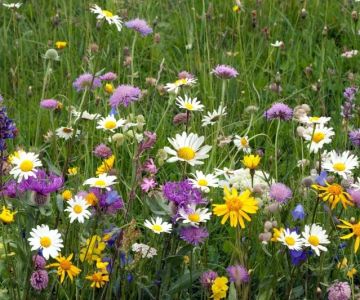
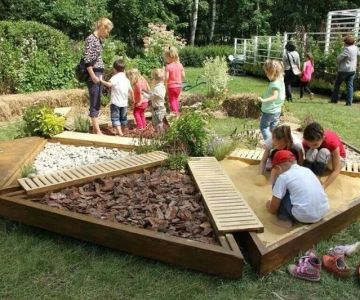
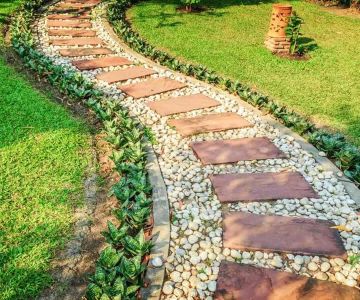
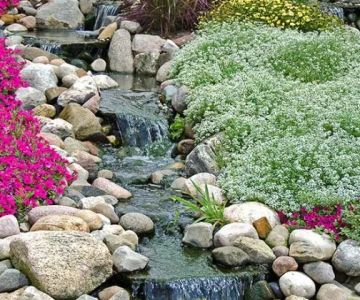
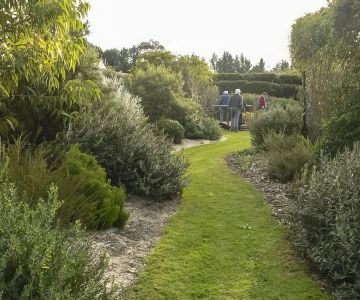
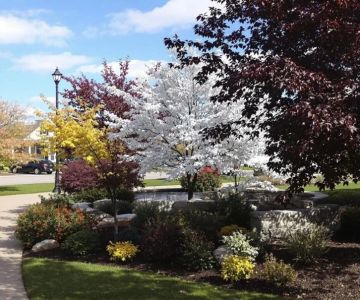
 J.N landscaping3.0 (4 reviews)
J.N landscaping3.0 (4 reviews) Inspire Outdoor Living, Inc.5.0 (90 reviews)
Inspire Outdoor Living, Inc.5.0 (90 reviews)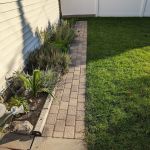 A Beautiful Landscape4.0 (5 reviews)
A Beautiful Landscape4.0 (5 reviews)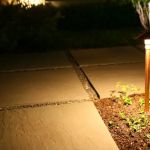 Moonscape Landscape Illumination5.0 (174 reviews)
Moonscape Landscape Illumination5.0 (174 reviews) Westmont Landscaping5.0 (5 reviews)
Westmont Landscaping5.0 (5 reviews) Natural Environments/Robert C. Boyce, RLA, LLC5.0 (10 reviews)
Natural Environments/Robert C. Boyce, RLA, LLC5.0 (10 reviews)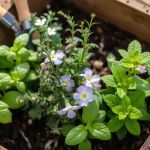 How to Grow a Herb Garden in Your Landscape: A Step-by-Step Guide
How to Grow a Herb Garden in Your Landscape: A Step-by-Step Guide How to Plan a Garden for Children’s Learning and Play
How to Plan a Garden for Children’s Learning and Play How to Create a Front Walk That Makes a Great First Impression
How to Create a Front Walk That Makes a Great First Impression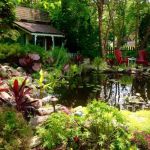 How to Landscape for Seasonal Wildlife Attraction in Your Garden
How to Landscape for Seasonal Wildlife Attraction in Your Garden How to Plan Outdoor Fire & Water Features Harmoniously for Your Garden
How to Plan Outdoor Fire & Water Features Harmoniously for Your Garden How to Choose Native Shrubs That Thrive Without Fertilizer
How to Choose Native Shrubs That Thrive Without Fertilizer